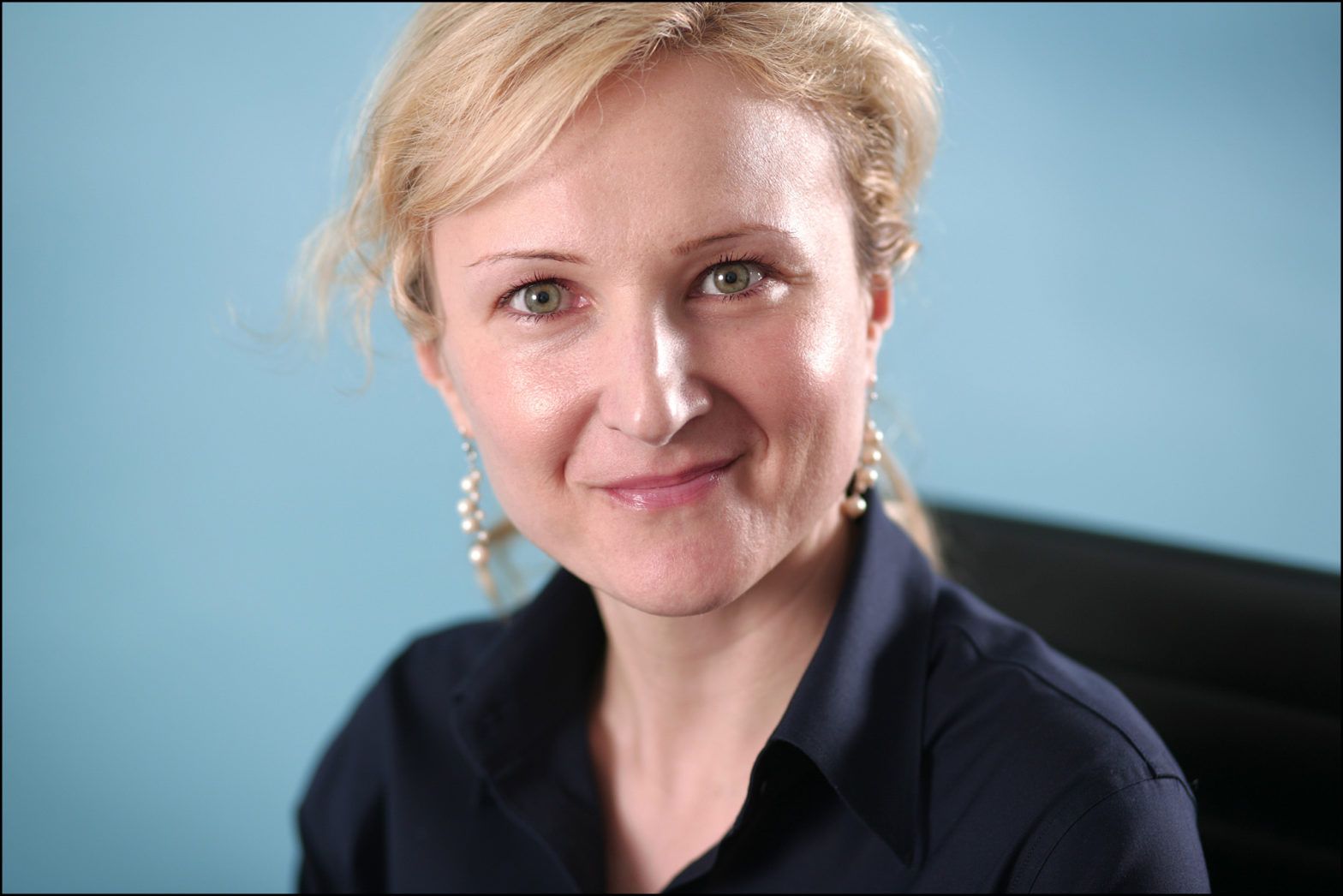Rodica Glavan, Insight Investment

What is your strategy?
We are looking for the most attractive investment opportunities in EM corporates universe, with active management of capital through the interest rate and credit cycles. The fund is index aware but not index constrained, focusing on best risk-return opportunities that combine bottom-up credit analysis with top down country macroeconomic assessment. The investment objective is to generate a total return comprised of income and capital growth by investing in hard currency and local currency bonds issued by companies listed or located in emerging markets.

Why should fund selectors invest in your fund vs your peers?
Emerging market corporate debt is a liquid and growing US$2.3trn asset class that is now larger than both European investment grade and US high yield. The growth in the sector has led to many European investors being structurally underweight. Since inception in 2012, the fund has been the top performer with the lowest drawdown in its Lipper peer group and has consistently outperformed other similar funds.
Why does your strategy stand out from your peer group?
There are three things we believe that we do differently. Firstly, country risk assessment is essential – we do not invest in the corporates of any country where the macro assessment is negative. Secondly, we conduct our credit and valuation analysis on a global basis, not just within an EM context. Insight’s credit analysts are global sector specialists, who do not separate out emerging and developed markets, because we believe that EM corporates cannot be examined in isolation. In our view this allows us to capture the structural premium available in EM corporates relative to comparable developed market issues, as well as take advantage of credit improvement in emerging market issuers as EM countries gain an ever-increasing share of global GDP. Lastly, we shift allocation between investment grade and high yield issuers throughout the market cycle depending on both the risk environment and valuations.
How do you protect investments against market volatility?
There are a number of methods we employ to protect our investments against market volatility. Diversification is critical and we limit maximum country overweights to 5% versus the index. We also actively manage our liquidity exposures by not investing in issues with outstanding amount of less than US$300 million. We undertake a rigorous risk monitoring process on a daily basis, and in addition to core risk measures, we also use an in-house ‘units of risk’ measure. This helps us gain a more comprehensive and longer-term view when monitoring risk.
How does your fund prosper in a bear market?
Our country and security selection process help the fund outperform in a downturn, but also through our active management style we are quick to increase the defensive characteristics of the fund by raising cash, reducing allocation to high yield corporates and shortening duration of the fund vs the index. By not buy issues that have less than US$300m equivalent outstanding we can execute sales swiftly in a market downturn.
How does your fund outperform in a bull market?
Getting the country macro assessment right ensures we are overweight countries with the most improving fundamentals, whilst our global sector security analysis approach allows us to pick the best risk return opportunities on a global comparison, rather than EM in isolation. A higher allocation to high yield securities vs. investment grade – which we time depending on the risk environment and valuations – also contributes to outperformance.
What is your biggest fear at the moment?
The health of EM economies have become much more dependent on the Chinese economy, and the old adage of “when US sneezes the rest of the world catches a cold” now could easily be stated as “when China sneezes the rest of the world catches a cold”. Hence, the biggest fear is that China’s targeted fiscal and monetary easing measures will not be enough to stabilise global economic growth. So far that doesn’t seem to be the case, but we still need to see evidence in hard economic data, after the recent pick up soft data points.







